Intelligent manufacturing
Focusing on the construction of digital factories for lean production (MES), digital logistics, smart energy, safety and environmental systems, and cost analysis in industrial enterprises, helping enterprises develop intelligent manufacturing and empowering upstream and downstream interconnectivityCoverage of multi scenario solutions
Meet multiple needs produce
produce
 personnel matters
personnel matters
 energy
energy
 secure
secure
 environmental protection
environmental protection
Lean Management System (MES)
The Tongda Hechuang MES system covers all types of carbon steel and stainless steel production lines in the steel metallurgy industry, including coking, sintering, ironmaking, nickel iron, steelmaking, rod and wire, hot-rolled coils, hot rolling ESP, cold rolling, etc. Enterprise production is mainly based on MES system, supported by material tracking and data acquisition system, to achieve integrated production and control of steelmaking and rolling, improve the efficiency of steel rolling production and sales operations, and reduce production costs; The core goal is to achieve first level planning control, consistent quality management, digital online process quality control and management, and refined job management. Establish a refined production management model based on the number of items, namely the "three precision production control system" of lean management, refined production, and precise operation. The MES system covers four main functions in workshop operation (planning line, operation line, logistics line, and quality line), as well as some auxiliary functions. By implementing MES system, the production and processing process of the enterprise has been realized on time, and the delivery cycle has been greatly shortened.
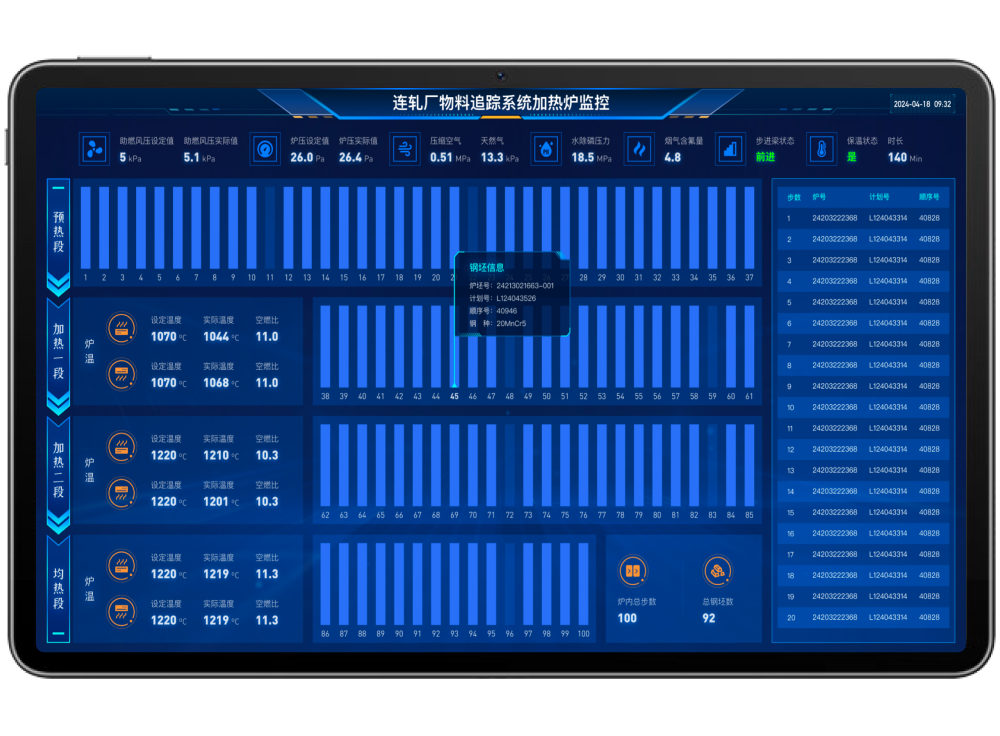
Core advantages
Improve production efficiency, enhance product quality, reduce management costs, and strengthen the market competitiveness of enterprises01
Production Level 1 Plan ControlEstablish a unified production plan, collaborate finely to develop operation plans for each process, and create an environment for just in time production; Establish a unified production control center to finely coordinate and handle production and abnormal scheduling between various processes.
02
Realize integrated control and managementBased on the production process control system, by integrating the process L2 system, the integration of the first level system and the third level MES system is achieved, avoiding the problems of multiple data entries and information silos, providing real-time decision-making data, improving work efficiency, and enhancing refined management.
03
Quality concentration and consistency systemEstablish an enterprise standard management system and manufacturing specifications, integrate production data, equipment data, and process data for comprehensive management, and build a quality management system based on the Plan Do Check Analysis (PDCA) cycle.
success cases
Understand real cases of cooperative enterprises, draw on successful experiences, assist in effective promotion, and achieve business goals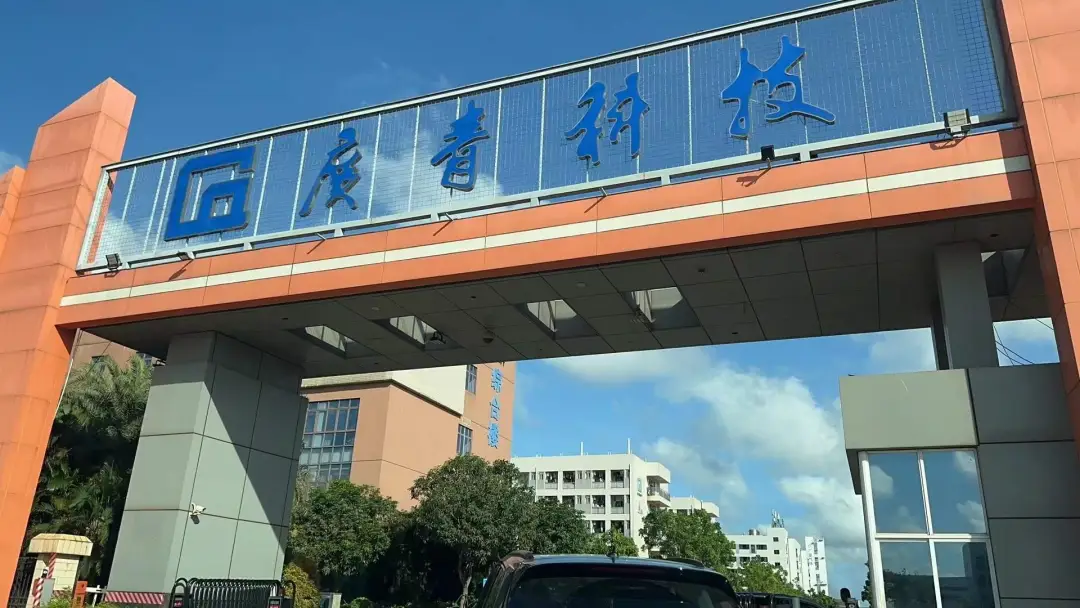
Guangqing stainless steel steelmaking and rolling MES system
Guangqing Steelmaking and Rolling is a subsidiary production unit of Qingshan Holdings, the world's largest stainless steel enterprise. It has introduced the Rolling MES system and established a comprehensive quality management system, implementing a consistent system of enterprise quality management. By combining the standard specification system with the process monitoring system, information rich manufacturing process quality objectives, control, and performance data are formed, providing information support for rolling process/technical quality personnel to further analyze quality, and forming a complete PDCA cycle for enterprise quality control.
The system significantly improves product quality and reduces scrap rates through real-time monitoring and precise control. Implemented digital online process quality control and management. The production process of Guangqing Iron and Steel is more stable, the product quality is more guaranteed, and the market competitiveness is enhanced.
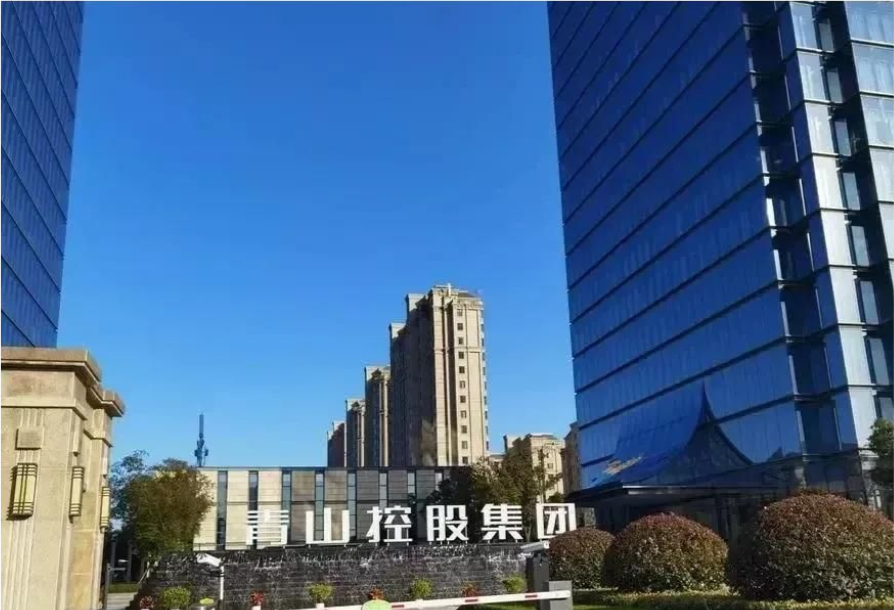
Yongqing Stainless Steel Steelmaking MES System
Yongqing Iron and Steel Company has improved its production efficiency through the intelligent stainless steel steelmaking MES system, which provides real-time monitoring and data analysis functions. It also transmits upstream and downstream information in real-time, monitors production data in real-time, shares data according to permissions, eliminates information silos, and connects various production management processes.
By closely tracking the production process, strictly implementing the plan according to pouring times, and tracking the input of production materials and the output of finished products, and coordinating with APS, we achieve cost accounting at the first level and realize daily and monthly production cost settlement.
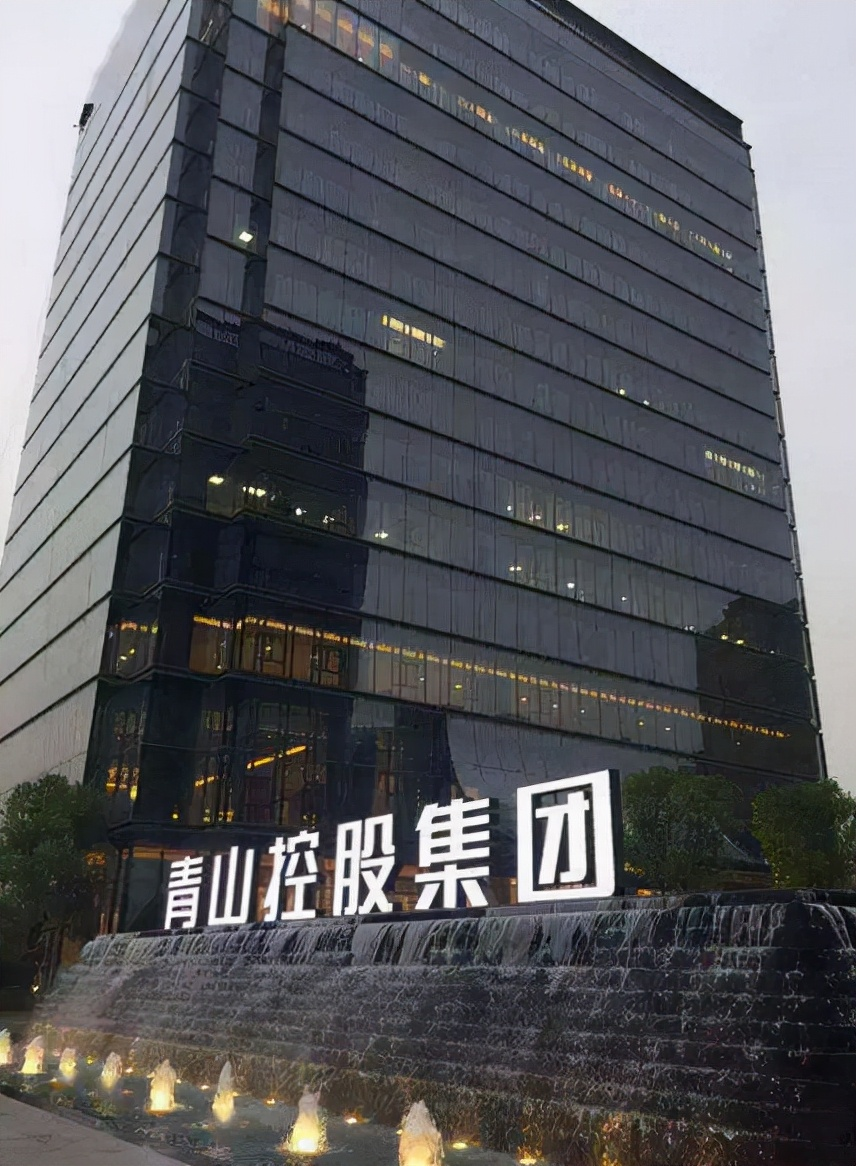
MES system for hot rolling and washing of Yongqing stainless steel
Yongqing Iron and Steel Company has established a "fully digital production line" (L1/L2/L3/L4 level fully connected) through an intelligent stainless steel hot rolling and washing MES system, achieving automation of production execution and integration of production and sales in the steel rolling washing production line.
We have established a comprehensive management system for roller consumption, equipment cycle, and grinding roller body. Through real-time monitoring, data analysis, and automatic collection functions, the system helps the company improve production efficiency, enhance product quality, reduce management costs, streamline production management processes, form a digital management mode, and refine production management.
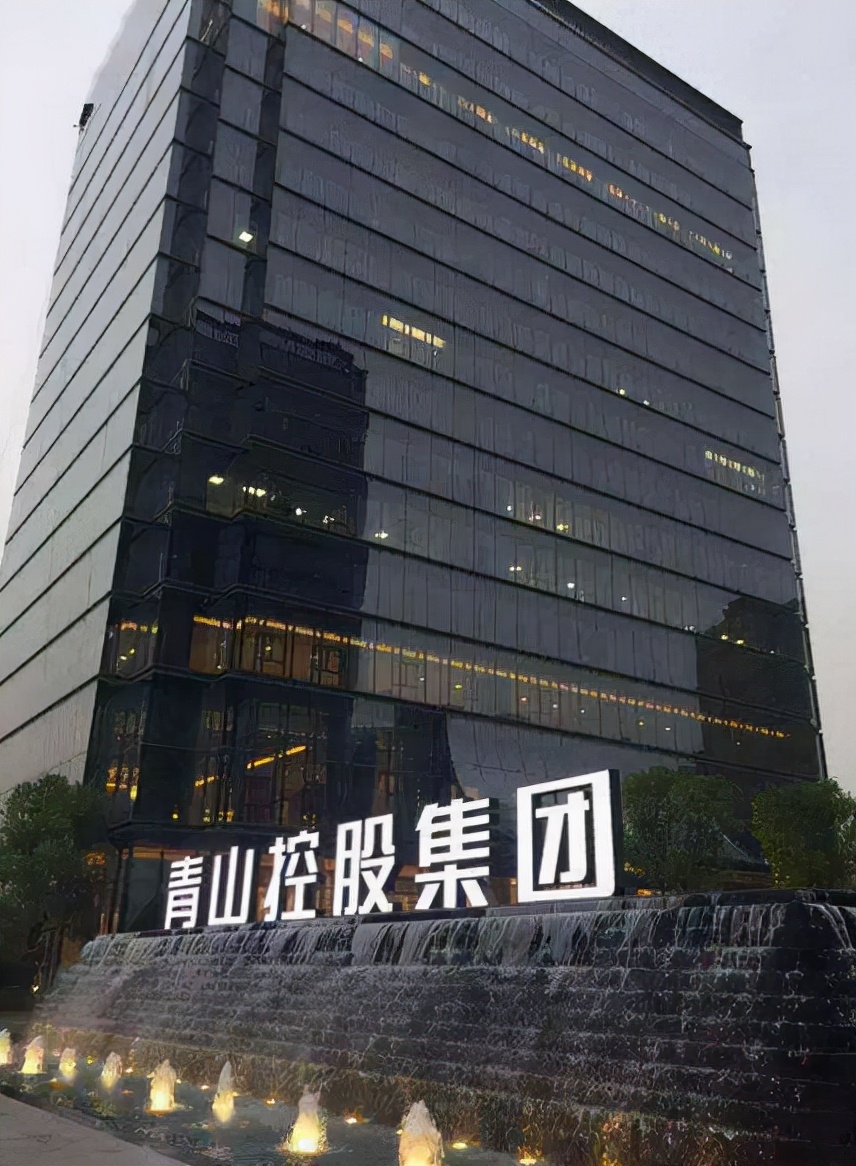
Yongqing Stainless Steel Cold Rolling MES System
Yongqing Iron and Steel Company has established a first level production planning and control mode through an intelligent stainless steel cold rolling MES system, implementing production management according to orders. On the premise of realizing the quality PDCA cycle quality management system, KPI assessment process has been added to link job responsibilities with orders, enhance employees' sense of responsibility, reduce defective products, improve yield rate, improve finished product accounting efficiency, and facilitate employee performance evaluation statistics.
Based on the information system support of modules such as material tracking, job management, production planning, and quality management, real-time data and business management data are collected, mined, refined, and analyzed to achieve a global overview of production management information warning and traceability.
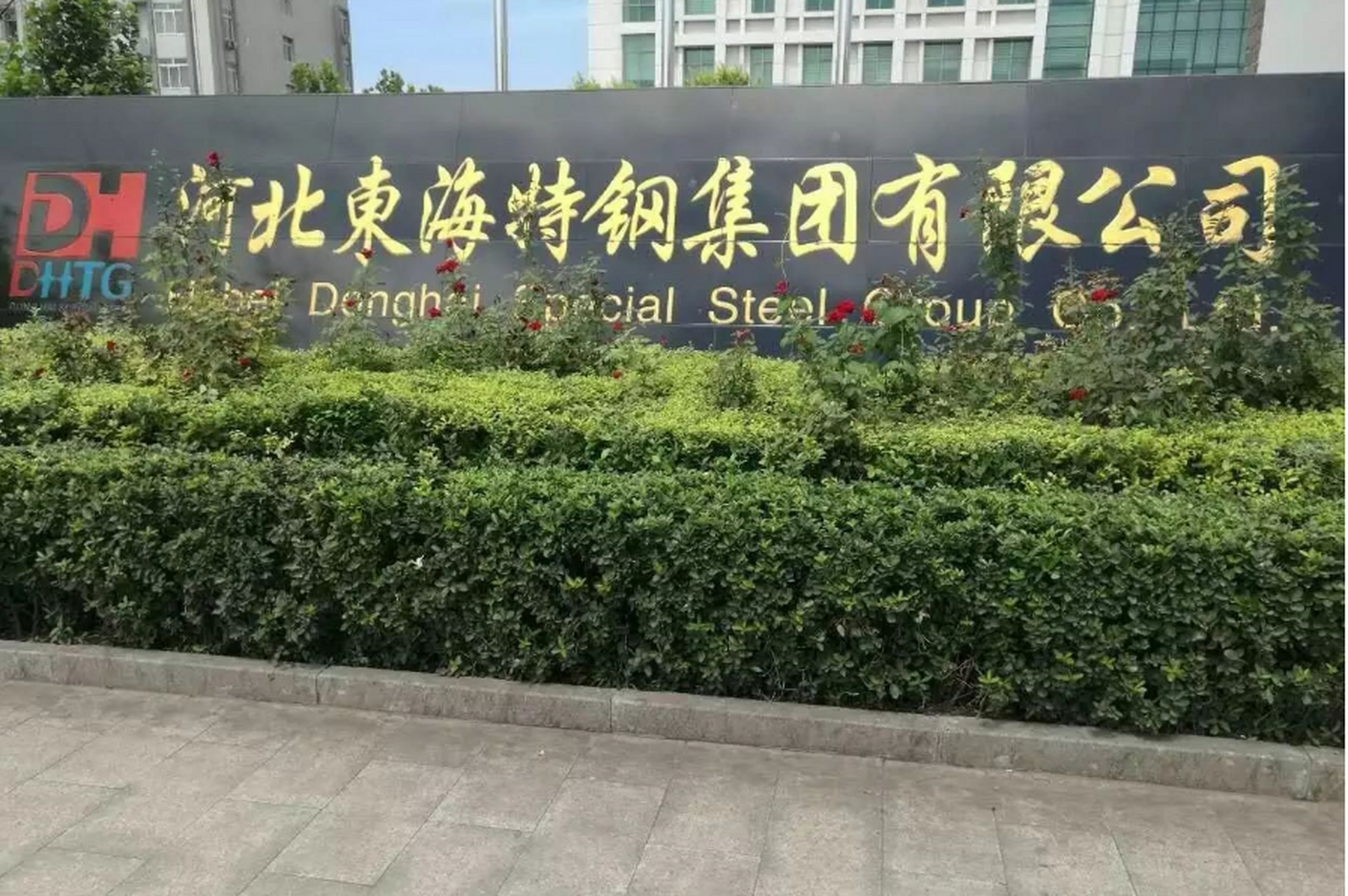
Donghai Cold Rolling MES System
Donghai Cold Rolling has advanced domestic production lines for cold rolling and coating of plain carbon steel. Through the intelligent cold rolling MES system, an integrated production control center for acid rolling/finishing/galvanizing/color coating production lines is established to improve production coordination, achieve order and logistics process tracking from ordering to shipping, and establish sales price, sales credit and other sales systems.
Through the real-time monitoring and data analysis functions of the system, the company can improve production efficiency, enhance product quality, improve sales and shipping control, and improve the cost accounting efficiency of sales and shipping.
Digital Human Resources System
The Tongda Digital Human Resources System is a personnel management system that integrates organizational management, employee management, salary management, attendance management, performance management, and approval processes. The system enables online processing of personnel, administrative, and financial work approvals, as well as storage and utilization of related historical data; Simultaneously addressing the needs of salary management and performance management; It is also the process management of talent selection and follow-up talent development for the company.

Core advantages
Improve work efficiency, optimize management processes, enhance decision-making quality, and promote cross departmental collaboration01
Performance management: Clarify performance goals and publicize performance resultsEstablish a complete performance evaluation system based on organizational structure and job responsibilities. Accurate measurement, by developing KPIs and OKRs, achieves measurable and achievable plan goals.
02
Salary management: defining data sources and usage scenarios for dynamic variables; Infinite design and versatile salary calculation formulaThe salary management module links job level, performance indicator dynamic variables, and salary base data to generate a unique employee payroll for each employee, enabling online salary calculation and calculation of labor costs.
03
Process approval: handle approval matters online and retain historical dataProcess approval function - online approval of personnel, administrative, and financial application forms through the approval process, improving the speed of process approval while retaining approval history and allowing access to historical data at any time.
success cases
Understand real cases of cooperative enterprises, draw on successful experiences, assist in effective promotion, and achieve business goals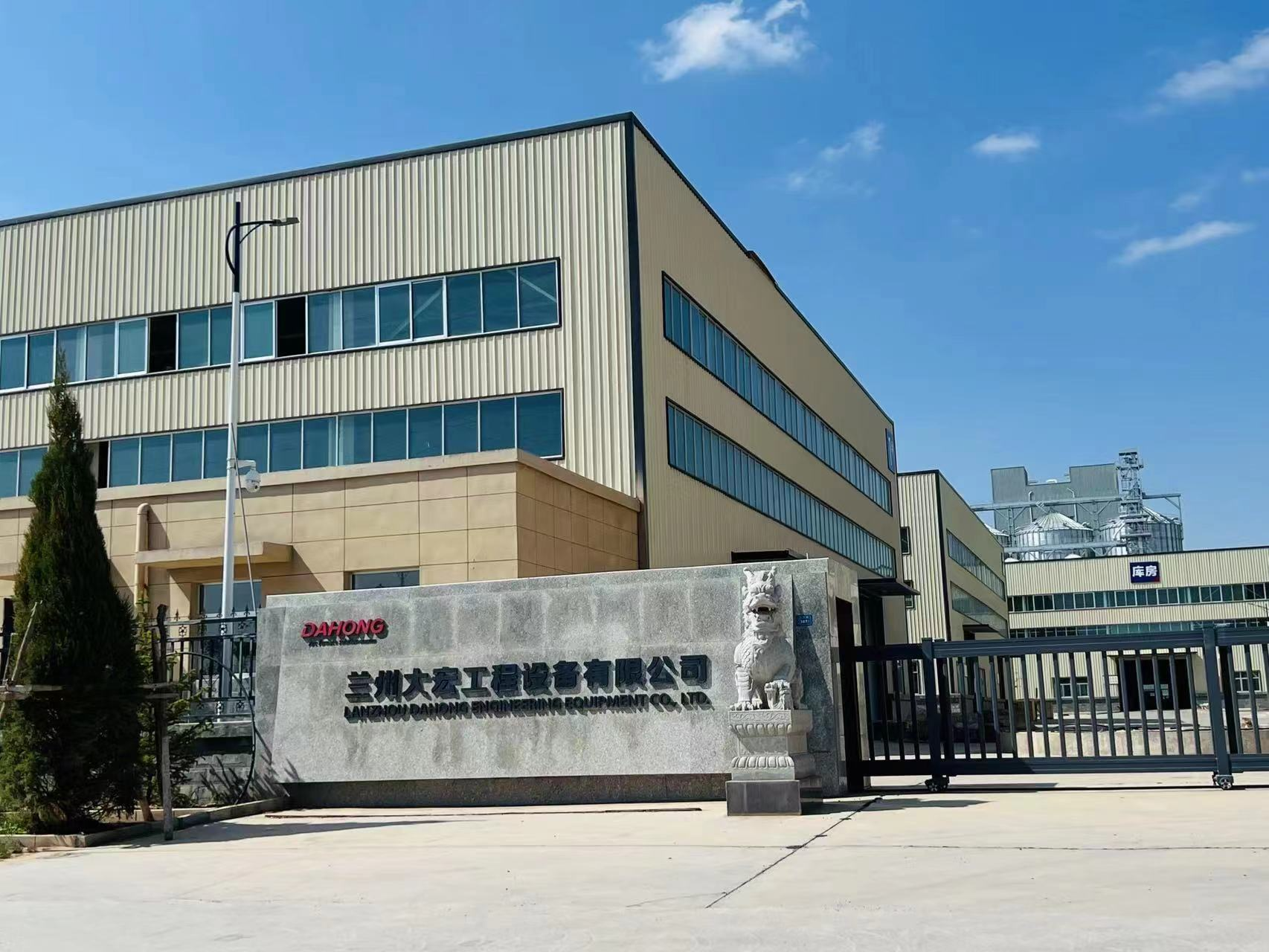
Dahong Personnel Management System
The personnel performance system has optimized the personnel management process. The system achieves precise goal management and real-time progress tracking through a clear organizational structure and job responsibility definition, combined with KPI and OKR management and process approval, ensuring continuous improvement of employee performance and enhancing the management efficiency and competitiveness of the enterprise
{{staffCount}}
On duty employees of the system
{{historicalQuantities}}
Approval History
{{totalCost.toFixed(1)}}W
Total labor cost for 2024
EMS Energy Digitalization
Energy digitization plays a key role in the smelting industry, mainly including power and thermal energy systems. Electricity is supplied through local power grids or self owned power generation facilities to drive equipment such as crushing and grinding. The thermal energy system provides necessary high-temperature heat energy for melting raw materials. In order to optimize energy utilization and reduce costs, factories usually implement energy efficiency management measures, such as monitoring energy consumption and applying energy-saving technologies. At the same time, environmental protection has become an important consideration in design and operation, reducing environmental impact by reducing emissions and exploring the application of clean energy. With the continuous advancement of technology, factories are also constantly innovating and improving their energy systems.
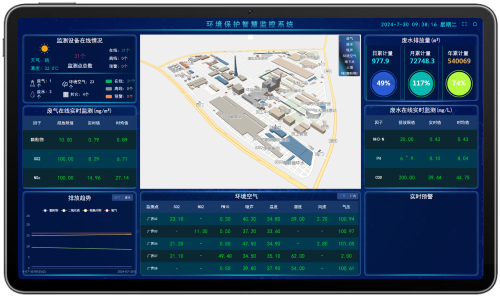
Core advantages
Effectively improve the energy utilization efficiency of the factory, reduce costs, maintain production stability and economy01
systemSystem construction ensures that energy management activities are carried out in an orderly manner by establishing clear energy management structures and processes. It helps businesses establish goals, strategies, and responsibilities, promote collaboration and communication among departments, and thus improve overall energy efficiency and management effectiveness.
02
Energy WarningThe energy warning system can detect abnormal or unexpected energy consumption in a timely manner through real-time data analysis and alarm mechanisms. This warning capability enables enterprises to quickly take measures to avoid energy waste and unnecessary cost increases, thereby maintaining production stability and economy.
03
Energy PlanThe energy plan helps companies allocate resources reasonably and prevent potential energy supply issues in advance by setting long-term and short-term energy usage goals and strategies. An effective energy plan can also optimize production scheduling and cost management, ensuring a balance between energy supply and demand, thereby improving production efficiency and economic benefits.
success cases
Understand real cases of cooperative enterprises, draw on successful experiences, assist in effective promotion, and achieve business goals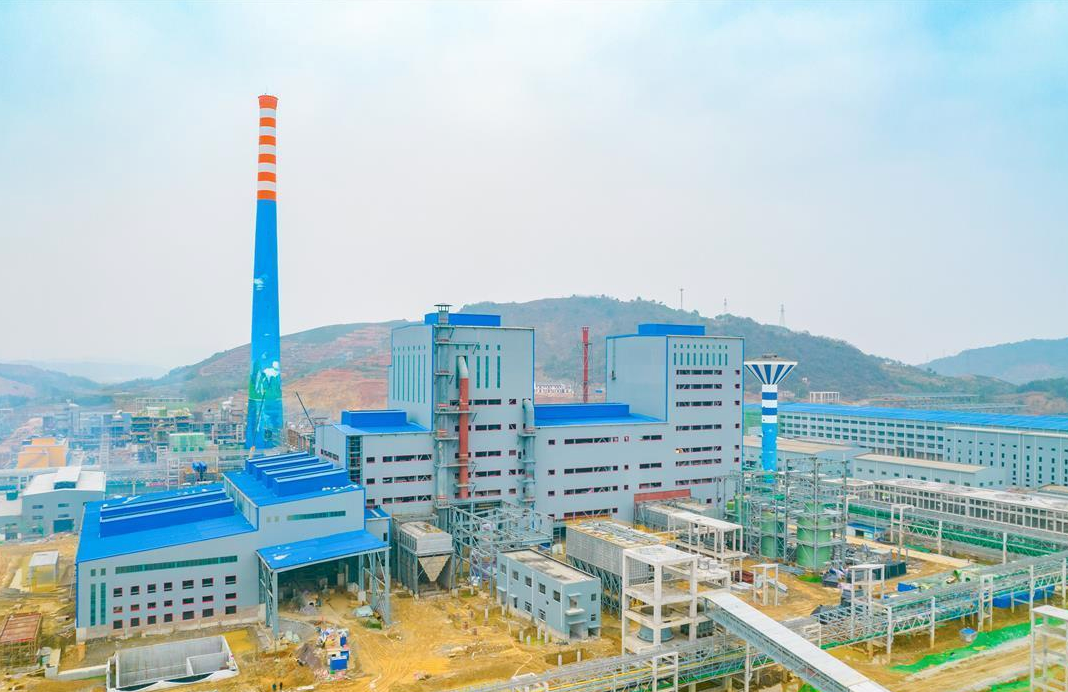
Zhongse Daye 400000 ton copper project
EMS energy digitization plays a key role in the factory, optimizing and managing various aspects through system construction, energy warning, energy planning, energy metering, and energy monitoring. Firstly, system construction ensures orderly operation of facilities and optimizes energy utilization efficiency. Energy warning timely alerts abnormal energy consumption situations and takes measures in advance to avoid losses.
Energy plans help to establish long-term energy-saving goals and specific implementation steps, enhancing overall efficiency. Energy metering provides a basis for optimizing management by accurately evaluating energy consumption through data analysis. Finally, energy monitoring tracks energy usage in real-time and continuously improves energy efficiency performance through monitoring and adjustment.
Security system
The advantages brought by security systems in factories are significant in many aspects. Firstly, the security system effectively prevents risks such as fires, theft, and accidental injuries within the factory through real-time monitoring and warning functions. This system can include devices such as video surveillance, intrusion detection, smoke detectors, etc., to ensure comprehensive coverage and timely response. Secondly, safety systems can enhance workplace safety awareness and culture. Through training and education, employees can understand and comply with safety regulations, reducing the incidence of work accidents. Furthermore, safety systems can improve the production efficiency of factories, reduce downtime and production interruptions caused by safety issues, and ensure the continuous operation of production lines. In addition, compliance and legal requirements also encourage factories to introduce safety systems to comply with relevant industry standards and regulatory requirements, avoiding potential legal risks and fines. In summary, a security system is not only an important means of ensuring the safety of factory facilities and personnel, but also a necessary measure to improve work efficiency and comply with legal regulations.
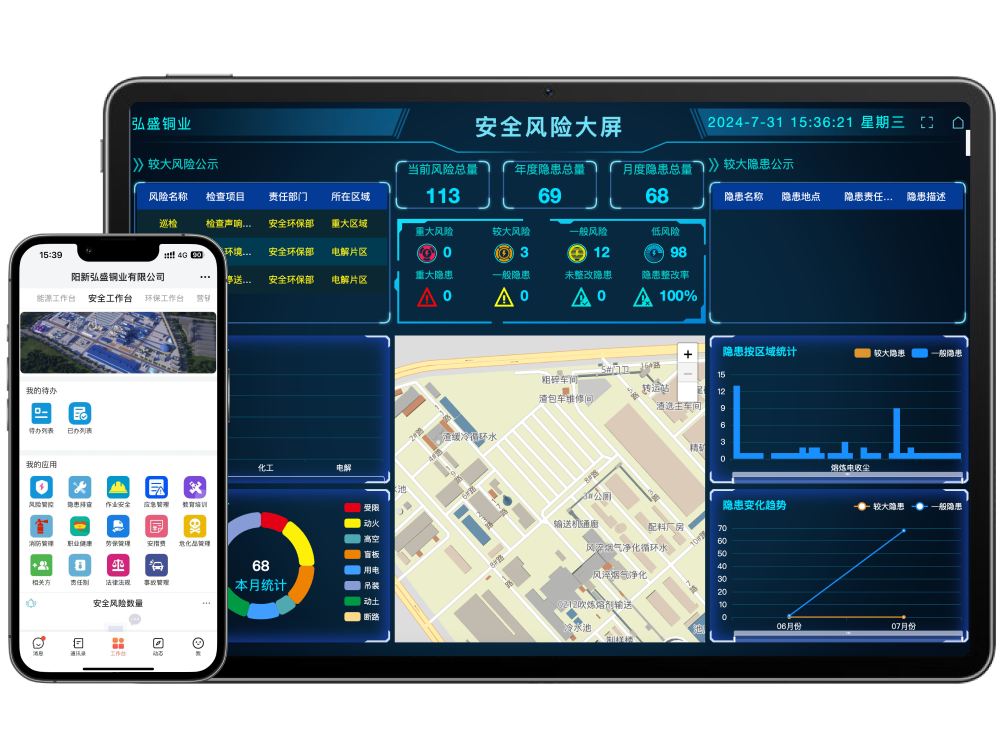
Core advantages
Effectively ensuring the personal and life safety of employees, reducing the production safety risks of enterprises, and improving the safety production management level of enterprises01
Safety dual controlBy combining advanced technology and strict management, we ensure the safe operation of the factory through real-time monitoring and warning systems. On the technical level, it includes video surveillance, intelligent recognition systems, etc. On the management level, it emphasizes standardized operations and standardized processes to effectively prevent accidents, improve production efficiency, and enhance employee safety awareness.
02
Avoiding dangerous operationsDetailed assessment and precise management of potential risks in work, taking necessary preventive measures and safety operating procedures to ensure the safety of employees in high-risk environments, reducing accident rates, and protecting the health and safety of employees.
03
contingency managementEstablish a comprehensive emergency plan and response mechanism, including regular drills and emergency rescue training, to quickly and effectively respond to emergencies such as fires, leaks, and accidents, minimize losses, and ensure the safety of the factory and surrounding environment.
success cases
Understand real cases of cooperative enterprises, draw on successful experiences, assist in effective promotion, and achieve business goals
Zhongse Daye 400000 ton copper project
Through dual control prevention and real-time monitoring, the system can significantly reduce the incidence of accidents. According to statistics, the introduction of a safety dual control system has reduced the accident rate by an average of over 50%.
On the production line, the safety dual control system can not only prevent equipment damage caused by operational errors, but also reduce the risk of workers being injured due to misoperation. In addition, the real-time monitoring function of the system can detect potential safety issues in a timely manner, further improving the overall safety and production efficiency of the workplace.
Environmental Management System
Environmental management system is a comprehensive solution aimed at helping enterprises effectively manage and optimize environmental protection work. The system covers multiple modules such as environmental factor identification, environmental investment management, environmental monitoring, hazardous waste and solid waste management, environmental equipment optimization, and environmental compliance document management. Through real-time data collection, analysis, and reporting functions, the system can help enterprises accurately assess environmental impact monitoring key environmental indicators, effectively manage waste disposal, and ensure compliance with laws and regulations. These features not only help companies reduce environmental risks and resource waste, but also enhance their social responsibility image and competitiveness

Core advantages
Provided a comprehensive and efficient environmental solution for enterprises, helping them achieve their sustainable development goals01
Environmental investmentThe environmental management system optimizes the efficiency and effectiveness of environmental investment through effective resource allocation and cost control. The data analysis and prediction functions provided by the system can help enterprises formulate accurate budget plans and investment strategies, thereby improving the execution efficiency and sustainable development of environmental protection projects.
02
environmental monitoringThe environmental monitoring module utilizes advanced sensor technology and real-time data collection to achieve high-frequency monitoring and analysis of environmental quality. Meanwhile, the long-term accumulation and analysis of monitoring data contribute to the formation of a comprehensive environmental assessment and warning mechanism, providing scientific basis for decision-makers.
03
Management of hazardous and solid wasteThe core advantage of environmental management systems in hazardous and solid waste management lies in integrating resources, processes, and monitoring mechanisms to ensure compliance with regulatory requirements and environmental standards. Its powerful tracking and traceability capabilities not only improve management efficiency, but also lay a solid foundation for the sustainable development of enterprises.
success cases
Understand real cases of cooperative enterprises, draw on successful experiences, assist in effective promotion, and achieve business goals
Zhongse Daye 400000 ton copper project
Effective management enables enterprises to accurately account for environmental protection expenditures, including investments in equipment procurement, operation and maintenance, and environmental improvement projects. This helps companies plan their budgets reasonably, improve resource utilization efficiency, and comply with environmental regulations and social responsibilities. The environmental monitoring module monitors key environmental indicators such as air quality, water quality, and noise levels through real-time data collection and analysis. This type of monitoring not only helps companies detect potential environmental issues in a timely manner, but also supports the evaluation and optimization of the effectiveness of environmental protection measures.
The environmental factor identification and environmental protection equipment module helps enterprises effectively reduce their environmental footprint in the production process by quantifying environmental impact factors and optimizing the use of environmental protection technology equipment.

